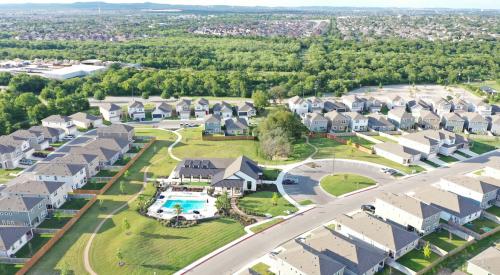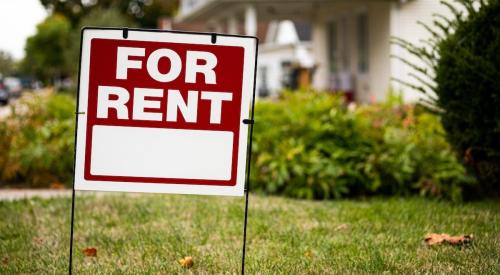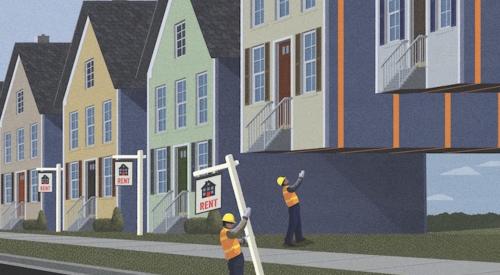The housing market isn’t just hot for homebuyers—Wall Street banks are throwing their hats into the ring, too. The only difference is these investment firms, banks, and pension funds are mainly unbothered by the rising price tags. Single-family rentals are the target for these financial institutions, as rising home prices keep many buyers from purchasing and instead, looking toward larger suburban homes to rent. CNN reports that some analysts say this could improve the rental sector’s standards and offer more choices in desirable neighborhoods, but anecdotal evidence from tenants says otherwise.
In the United States, the home ownership rate has been ticking up in recent years following a sharp decline after the financial crisis, but the pandemic's effect on prices is making it more difficult for first-time buyers to complete purchases.
For institutional investors starved of returns on government bonds, "Generation Rent," the mostly millennial cohort born between 1981 and 1996, provides an opportunity for reliable long-term income. With an increase in the average age of renters comes rising demand for larger suburban houses suitable for families.
"Wealthier people are renting for longer and their demands are going up," said Gemma Kendall, who advises investors in multi-family properties for Jones Lang LaSalle (JLL) in Europe, the Middle East and Africa.
That's precipitated a rush by institutions to buy — and build — so-called "single-family houses," displacing private landlords and making big investors a powerful new force in housing markets.
Big money wants in
"Even before the pandemic hit, institutions already heavily invested in commercial real estate were looking at ways to diversify their income streams," said Jeremy Eddy, head of living and hospitality capital markets for Europe, Middle East and Africa at JLL.
"Residential real estate provided an obvious alternative and one that has only become more attractive since the pandemic," he told CNN Business.













